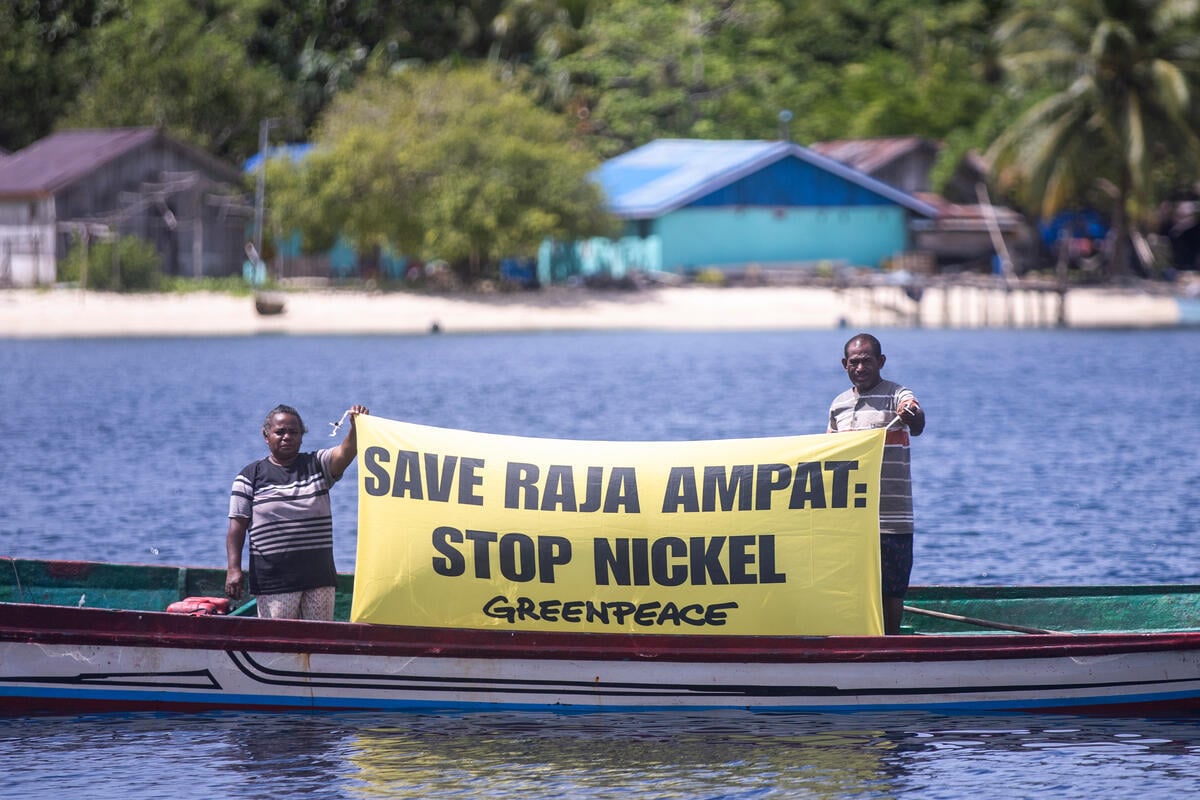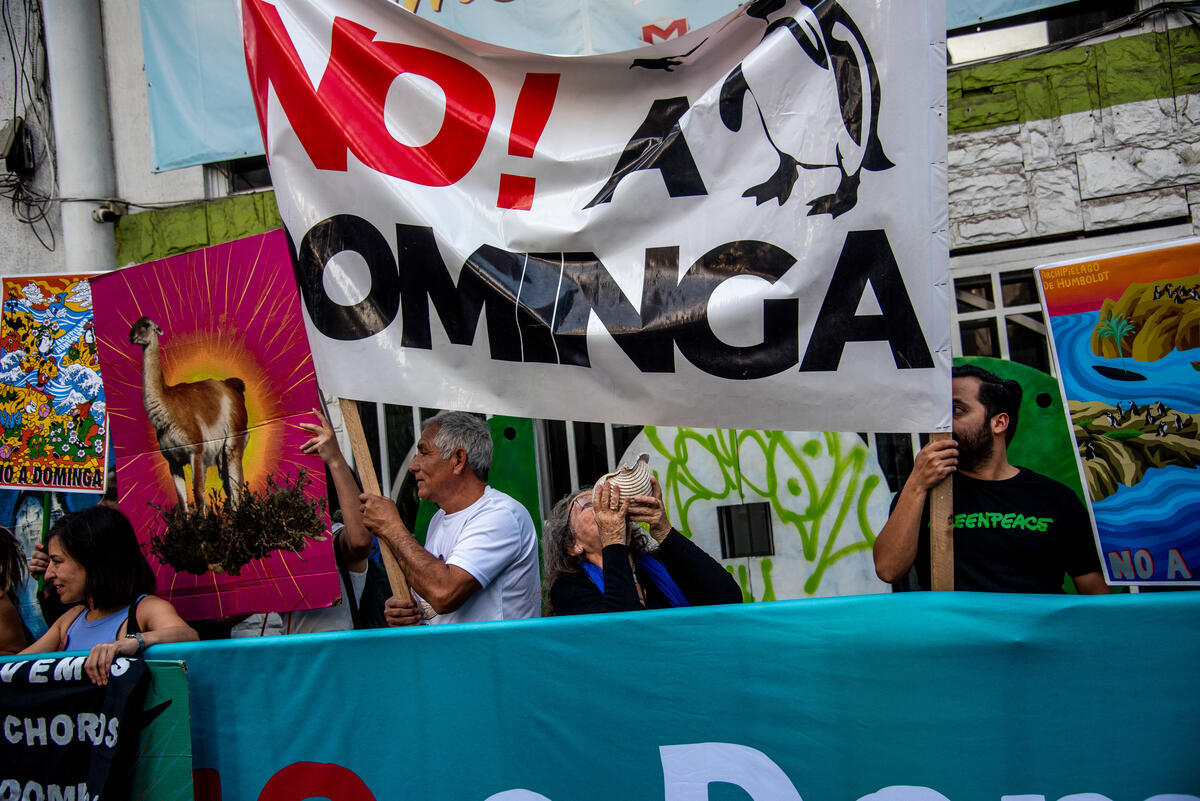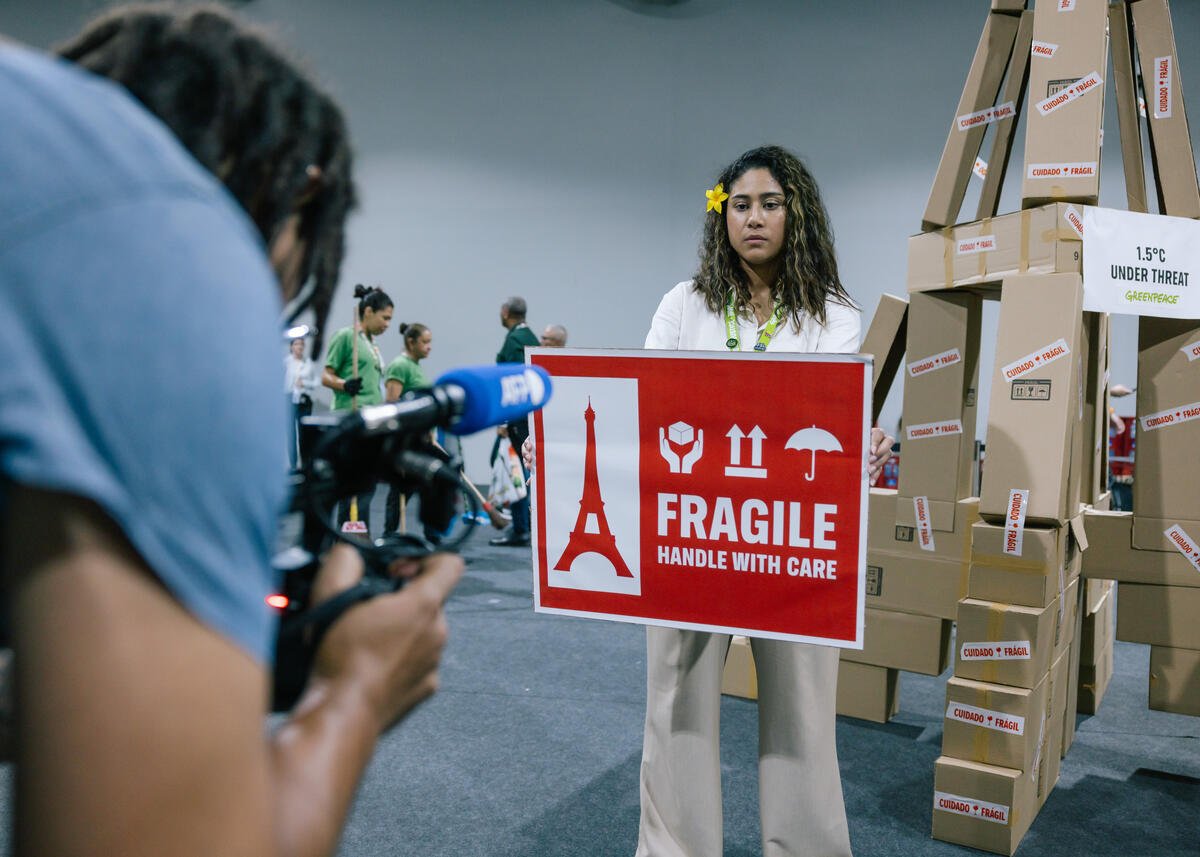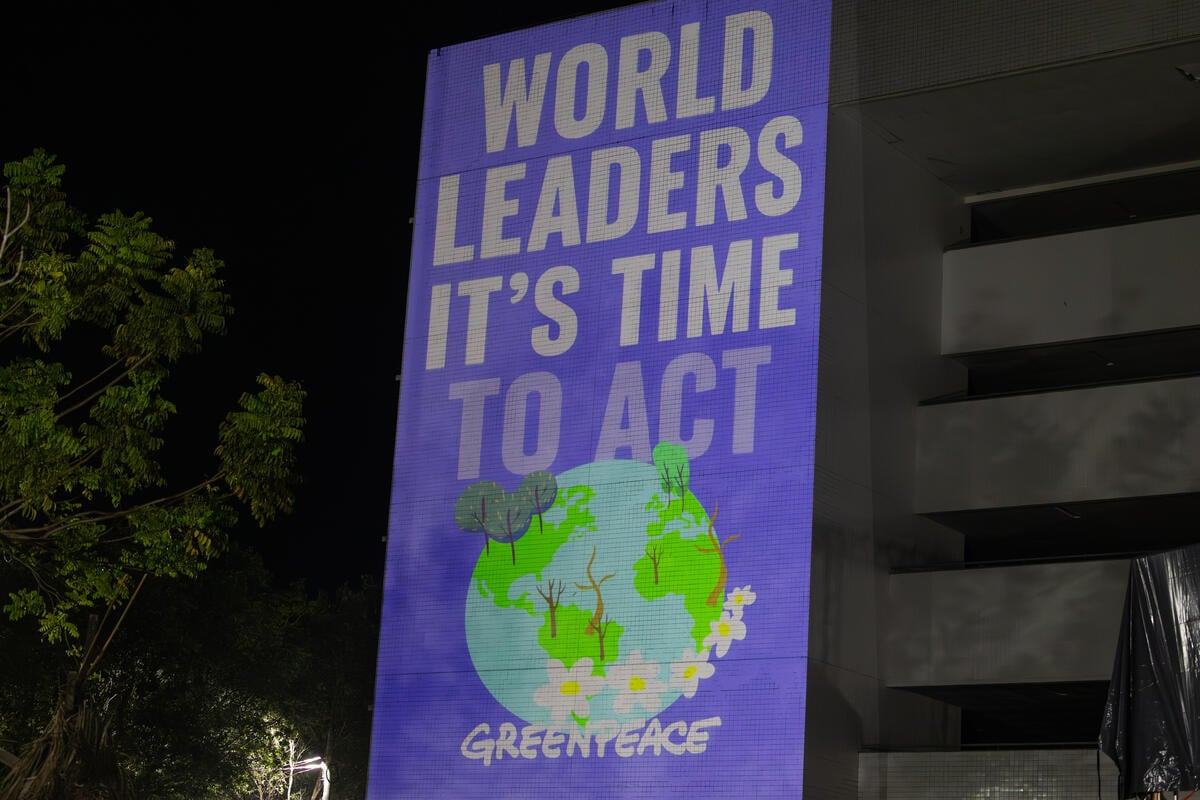The extraction of minerals needed for the clean energy transition is projected to expand globally in coming years, presenting multiple risks to ecosystems and Indigenous Peoples, necessitating strong global guidelines.
But what are these minerals, what role do they play in our efforts to combat climate change, and how can we source and use them in an environmentally sustainable way? Let’s take a look!
So, what are these key minerals?
Renewable energy and electric vehicle (EV) technologies will play an important role in combating climate change. These technologies rely on key raw materials, such as lithium, cobalt, nickel, copper, manganese, graphite and rare earth elements.
These materials are often referred to as ‘critical minerals’ due to their perceived significance for national interests or ‘transition minerals’ due to their importance in the clean energy transition.
Where are they found?
While these minerals are found globally, some countries have greater reserves than others, based on geology and the economic feasibility of their extraction. The countries listed below have the highest reserves, listed from first to third.
- Lithium: Chile, Australia, Argentina
- Cobalt: Democratic Republic of Congo (DRC), Australia, Indonesia
- Nickel: Indonesia, Australia, Brazil
- Copper: Chile, Peru, Australia
How is mining these minerals a risk to people and the environment?
There are multiple impacts from mining minerals that are considered critical. Here are a few of them:
- In South America, mining for lithium uses millions of litres of water in and around the drought-prone Andes region, impacting Indigenous Peoples in the area.
- Small scale cobalt mining facilities in the DRC can lack safety measures, leading to fatalities, accidents and serious health issues.
- Nickel mining and processing in Indonesia is causing deforestation and coastal water pollution, in addition to Indigenous and labour rights violations and corruption.
- Global copper mining leads to mining waste in tailings dams which need to be managed carefully to avoid disasters and pollution.

So what can we do?
Some studies projecting massive increases to the demand for transition minerals in coming years are used to justify more mining. However, embracing less mineral-intensive solutions can reduce the need for mining, while still ensuring renewable energy growth.
We need to pressure governments and industries to adopt policies, practices and solutions that reduce demand while also minimising mining’s impacts.
These changes require ambition to go beyond climate action, focusing investment toward less mineral-intensive solutions like EV public transportation, advancing technology to use fewer minerals more efficiently, and expanding reuse and recycling.
What are the solutions to reduce the need for mining?
Given the problems associated with the extraction and use of transition minerals, it is important to remember four key solutions that will help limit the need for mining. They are:
- Sufficiency – prioritise a decent living standard for all while reducing the total energy and material needed across the economy,
- Efficiency – investments to help technologies do the same or better with less materials
- Substitution – remove or reduce the need for certain minerals in products by using different types of technology or energy solutions,
- Recycling – can significantly reduce environmental and social impacts compared to mining, and therefore should be maximised.

Five guiding principles on minerals for energy transition
Greenpeace has developed five key principles essential for ensuring a just and equitable energy transition that can be adapted into local contexts.
- The 1.5°C Guiding Star: We must achieve the Paris Agreement goal of limiting global warming to no more than 1.5°C. Any use of minerals must be prioritised for a fast and green energy transition above non-essential uses, such as for military purposes.
- Just and Equitable Solutions: Justice and equity for people and the environment must be embedded in every aspect of using and sourcing materials from reducing mineral demand, to recycling and mining.
- Reduce Demand: Slowing mineral demand by adopting the concepts of sufficiency (ie. reducing the need for resources) and efficiency (ie. enhancing the effectiveness of resource use).
- Prioritise ‘Above Ground’ Materials: Recycling can significantly reduce environmental and social impacts compared to mining. Potential sources include spent batteries, production waste, household e-waste and industrial scrap piles.
- Protect Sensitive Areas and the Rights of Indigenous Peoples and Local Communities: While there are many initiatives pushing for improved mining practices, the industry continues to pose serious risks to people and the environment. Three requirements are proposed:
5.1 Protect ‘No-Go’ zones, areas where mining should not occur
5.2 Respect the rights of Indigenous Peoples and local communities
5.3 Companies must act responsibly, preventing and mitigating environmental damage and impacts, and respecting human rights.
Irène Wabiwa is a Biodiversity Programme Manager at Greenpeace International



